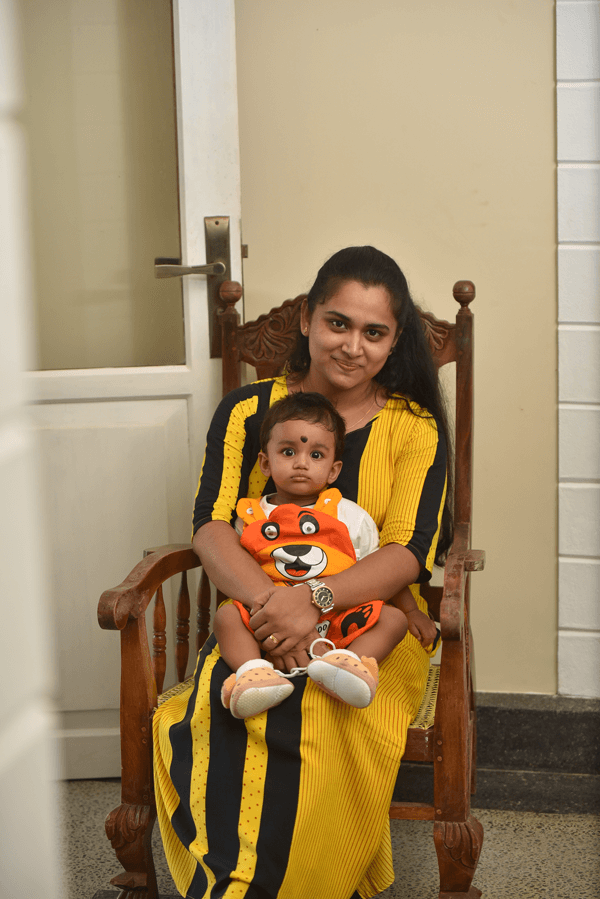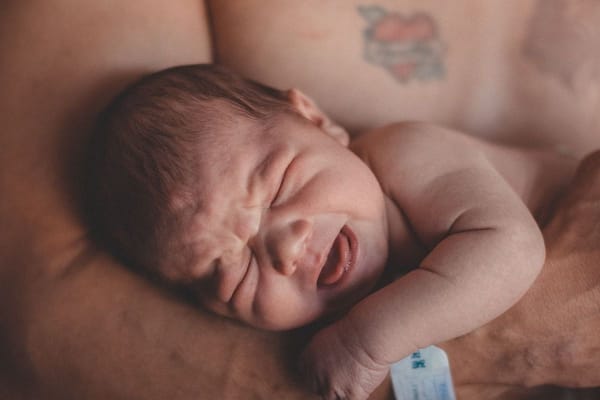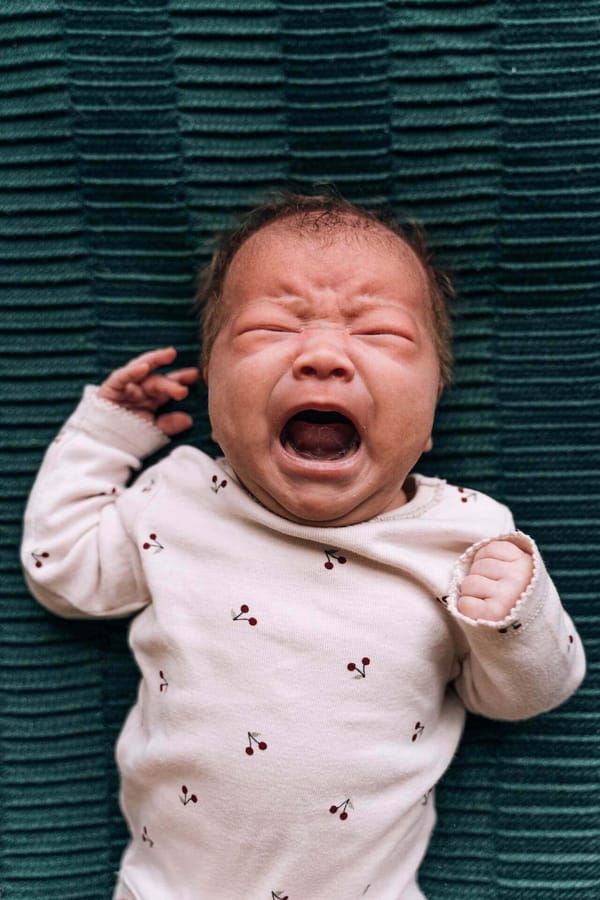Seeing your child experience a seizure can be terrifying and distressing, especially if it’s their first seizure. But if you get frightened, you cannot do anything that helps your child to recover. So you should be calm and hold your courage and sense to do the right thing. Knowing about this condition and first aid in detail will help you recover your child. I have a personal experience with this condition of my baby and that’s why I decided to share these facts with you. So, let’s get to the point.
- What is Febrile Convulsion?
A febrile convulsion is a fit or seizure (a sudden, uncontrolled electrical disturbance in the brain) caused by a sudden change in your child’s body temperature (high fever above 100.4 o F or 38 o C).
- Who gets Febrile Convulsion?
This may happen in kids six months to five years old. And most common in toddlers 12-18 months old.
This is most common with kids who;
1) have a family history of febrile convulsions
2) have already experienced the first attack (possible to have another attack from 1-2 years after the first)
3) had first febrile convulsion when they were younger than 15 months old
- Types of Febrile Convulsion
There are two main types of febrile convulsion. Those are;
1) Simple febrile convulsion
2) Complex febrile convulsion
Simple Febrile Convulsion: -
This is the most common type of convulsion. It is a short generalized, lasts less than 15 minutes,
doesn’t reoccur within 24 hours or the period in which your child has a fever.
Complex Febrile Convulsion: -
This is a less common type of convulsion. Complex febrile convulsion lasts longer than 15 minutes. It
can be focal (symptoms in one part of the body) or generalized (affected all areas of the brain).
A child can have another convulsion within 24 hours of the first attack or during the same period of
illness and the child don’t fully recover from the convulsion within one hour.
- Causes of Febrile Convulsion
The actual cause of febrile convulsion is unknown. But it is linked to increased body temperature due to high fever. Most of the time some infections caused febrile convulsions. Such as chicken pox, covid 19, middle ear infections, encephalitis, influenza, malaria, meningitis, stomach flu, strep throat,
tonsillitis and upper respiratory infections.
Also, three may be a genetic link to febrile convulsions as the probability of having convulsions is increased if a close family member has a history of them. But in very rare cases, febrile convulsion could happen as a fever occurring due to childhood vaccinations. You should know it is the fever, not the
vaccine itself.
- Symptoms
You should be aware of the symptoms to identify that your child experiencing febrile convulsion.
1) Loss of consciousness
2) Muscles may stiffen or jerk
3) Child may go pale or blue in skin color
4) Breathing difficulties
5) Foaming at the mouth
6) Eye rolling (Only the whites of their eyes are visible)
This may last for several minutes. After that, your child will regain consciousness. But they may feel irritable and sleepy.
- Complications
Most febrile convulsion produces no long-lasting effects. But there is a probability of developing epilepsy in children with febrile convulsions. According to records, children who have experienced simple febrile convulsions have a 1 in 50 probability of getting epilepsy in the future, but children who have experienced complex febrile convulsions have a 1 in 20 likelihood. This is in contrast to a 1 in 100 likelihood for kids who haven't experienced febrile convulsion.
- Diagnosing
First, the medical officers consider an account of what happened (how long the convulsion lasted and other symptoms they showed during the attack). A blood or urine sample may be needed to examine whether there is some infection caused to fever. If your child’s condition is unusual or if they have complex febrile convulsion they may need further tests like Electroencephalogram (EEG) and Lumbar
Puncture LP).
- Prevention
You can decrease the body temperature by;
1) giving them a sponge bath with lukewarm water
2) dress your child in light cloths
3) giving extra fluids
4) offering medicines with the correct dose (Paracetamol, Ibuprofen, Acetaminophen)
**Do not give Aspirin to children. Aspirin has been linked to a disease called Reye’s syndrome, which can be fatal.
**There are some medicines to prevent, getting febrile convulsion. But these medicines can have long-term side effects if taken regularly.
- First Aids
Knowing how to care for your child at home will decrease your tension to some extent. Parents do a lot of mistakes out of fear. Here are some do’s and don’ts for your child experiencing febrile convulsion.
Do's
1) Try to stay calm and don’t panic
2) Remove any nearby object that can harm your child
3) Gently place your child on his or her side to prevent choking
4) Loosen any clothing around the head and neck
5) Watch for signs of breathing problems
6) Try to watch exactly what happens, so that you can describe it to the doctor later. It can be useful if you are able to record video footage of the convulsion to show the doctor
7) Track the duration that convulsion lasts
8) Visit a doctor or go to the nearest hospital as soon as possible after the fit stops.
9) Call an ambulance if the fit lasts longer than 5 minutes, as medications may be needed to stop the fit
Don'ts
1) Don’t force anything into your child’s mouth (Including your fingers)
2) Don’t shake or slap your child
3) Don’t try to hold or restrain your child
4) Don’t put a child who is having a convulsion in the bath to lower their temperature
5) Don’t try to give your child fever-reducing medicines while he or her experiencing fits
- Reassurance of Parents
Febrile convulsion is not epilepsy. Therefore, no regular drugs are needed. Children suffer no pain or
discomfort during a fit. A short-lived fit will not cause brain damage. Even a long fit almost never causes
harm. And also children who have had a febrile convulsion grow up healthy.





